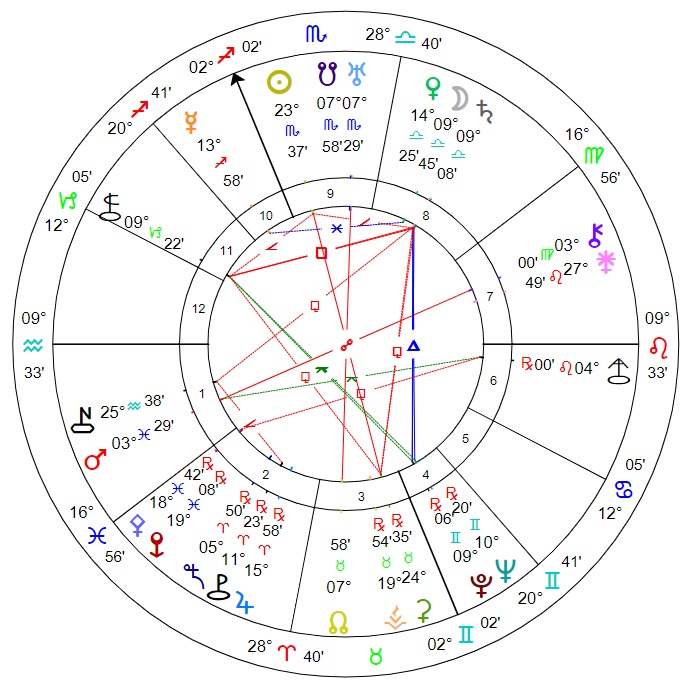Basics
Class: C-type asteroid
Location: Main belt
Orbit length (approx): 4.18 years
Discovered: 15th November 1892 (time unknown), from Nice, France, by Auguste Charlois
Notes: Very large asteroid with mean radius over 120km.
Events at time of discovery:
- November 8 – The four-day New Orleans General Strike begins.
- – 1892 United States presidential election: Grover Cleveland is elected over Benjamin Harrison and James B. Weaver, to win the second of his non-consecutive terms.
- November 9 – Birth of Erich Auerbach, German philologist
- November 12 – Birth of Guo Moruo, Chinese author, poet
Naming information
Name origin: Bernardine Eugénie Désirée Clary (1777-1860), Queen of Sweden and Norway from 1818 to 1844 as the wife of King Charles XIV John. Her name was officially changed to Desideria in Sweden, and she initially travelled there as crown princess. Unhappy in her new home and finding the change of etiquette difficult, she returned to Paris ostensibly for health reasons and lived incognito. She went back to Sweden as queen to be crowned in 1829. She appears not to have interfered in politics, but was at times useful in managing her husband’s temper. She continued to have trouble adjusting to Swedish court life.
 |
| Queen Desideria of Sweden, 1830; portrait by Fredric Westin. |
Astrological data
Discovery degree: 5+ Taurus
Discovery Sabian: Cantilever Bridge Across a Deep Gorge
Discovery nodal signature: Taurus–Scorpio
Estimated orbital resonances: Ceres 10:9, Jupiter 17:6, Saturn 7:1, Uranus 20:1
Discovery chart details: Noon. The Sun appears to have formed a minor T-square with Saturn and Chariklo, the latter two also in a Finger of the World with Ceres. Saturn was trine Pluto; Uranus opposite the North Node; Mars opposite Chiron and Pallas conjunct Eris. Jupiter was retrograde.
Summary and references
May represent desirability or what one desires[1]; possibly also ‘grass is greener’ issues, or failing to understand the nature of an intended change or the advantages of what one already possesses; elusiveness or stepping back; learning from differing perspectives or the inability to do so.
References:
1) Mark Andrew Holmes: Desiderata
 |
| Noon discovery chart for (344) Desiderata: 15th November 1892, Nice, France. The asteroid is not depicted. |
